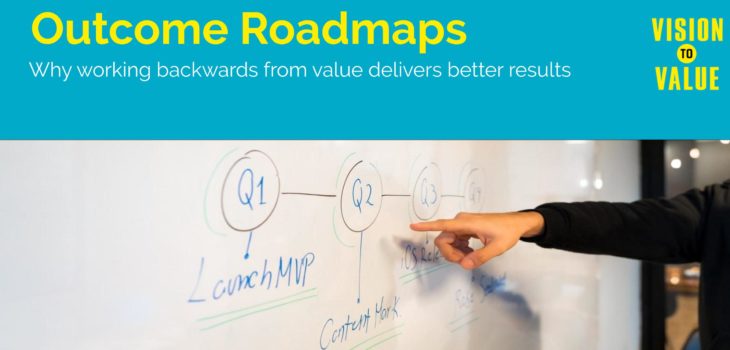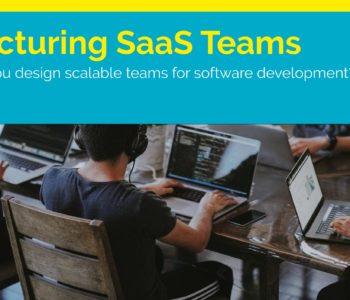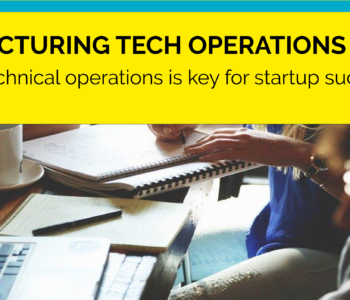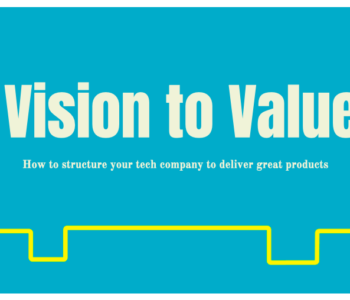 Vision to Value
Vision to Value
Working from Value with Outcome Roadmaps
Developing a Backlog based on Outcomes Not Features
Delivering value to the customer, typically through solving problems, is the end goal of any organization. This is true of any organization. Facebook delivers a social media platform, but they solve problems like enabling communication and delivering an outlet for people to broadcast what and how they feel.
But, if our businesses are based on solving problems, why do most roadmaps focus on features? Take a look at nearly any backlog and you’ll see a list of feature requests. Ask internal teams for backlog suggestions, and they’ll typically suggest widgets, website speed, or specific features. Everyone is focused on building something rather than solving problems. Developers fill orders to deliver specific requests, and that’s it. The result might be that your team is working hard, delivering feature after feature, and the product doesn’t improve.
Outcome roadmaps, sometimes called value roadmaps, are one solution that can help you get more from the backlog, with better prioritization and more focus on the end-customer.
Defining Value
What is value in your organization? What is value for each of your customer segments? What problems are they facing? Feature roadmaps don’t work because they focus on adding more to what you have, rather than improving, optimizing, and creating value. Building an outcome roadmap necessitates stopping, analyzing customers and their needs, and analyzing the product. This should involve in-depth conversations with sales, marketing, and customer service, because these teams will have good ideas relating to what customers complain about, what they want, and what they need to solve.
- What problem(s) does the product solve? How could you improve that?
- What would improve the customer experience with the product
- What complexities do customers find when solving their problems? Can you solve those complexities?
Once you answer these questions, you should align them with specific and measurable “outcomes”. What does that look like?
Problem: “Landing page conversion drops off at 3%. This is likely because the signup widget takes too long to load”
Problem: “Customers waste too much time manually downloading data and filling out reports”
Both of these problems could be shared to a development team, which could find solutions to the problem, validate them, and design the best solutions for problem based on the software, other problems, and needs.
Aligning Outcomes and Solutions with Strategy
Any solution must align with the overall business strategy. Any solution or idea must be validated against real customer data, against business strategy, and with the end-user. If you hand developers a problem, they can get to it in any way that most suits the situation and the tools at hand, but that solution and the result must be validated.
- What do we need to do to achieve the vision?
- Does this solution work for the end-user?
- Does this solution fit the budget?
- Does this solution move the organization closer to goals?
- What are some challenges of taking this approach? Is another approach easier?
If you’re organization traditionally works with a top-down approach, teams might need training and practice runs to perfect this. Feature validation is easiest when dev teams have access to Q&A and to customer service.
Creating a Feedback Loop
Outcome roadmaps can create immense value for organizations in that they can be used to develop recurring feedback loops. Dev teams are handed a problem, they devise a solution, receive more feedback, offer more solutions. Outcome roadmaps are, eventually, about bringing the customer and the customer’s needs into the development cycle, implementing direct feedback from customers, customer service, and quality assurance.
A good feedback loop integrates the customer and regular checkpoints, validates problems and solutions before beginning work, and makes creating solutions a collaborative process, with every team aware of what every other team is working on.
Vision to Value is an operational framework designed to help tech organizations step away from top-down management and towards Agile structure, promoting consistent, quality, and predictable delivery. Creating good operations and processes is key to implementing the switch to outcome roadmaps, focusing on delivering value rather than features.







